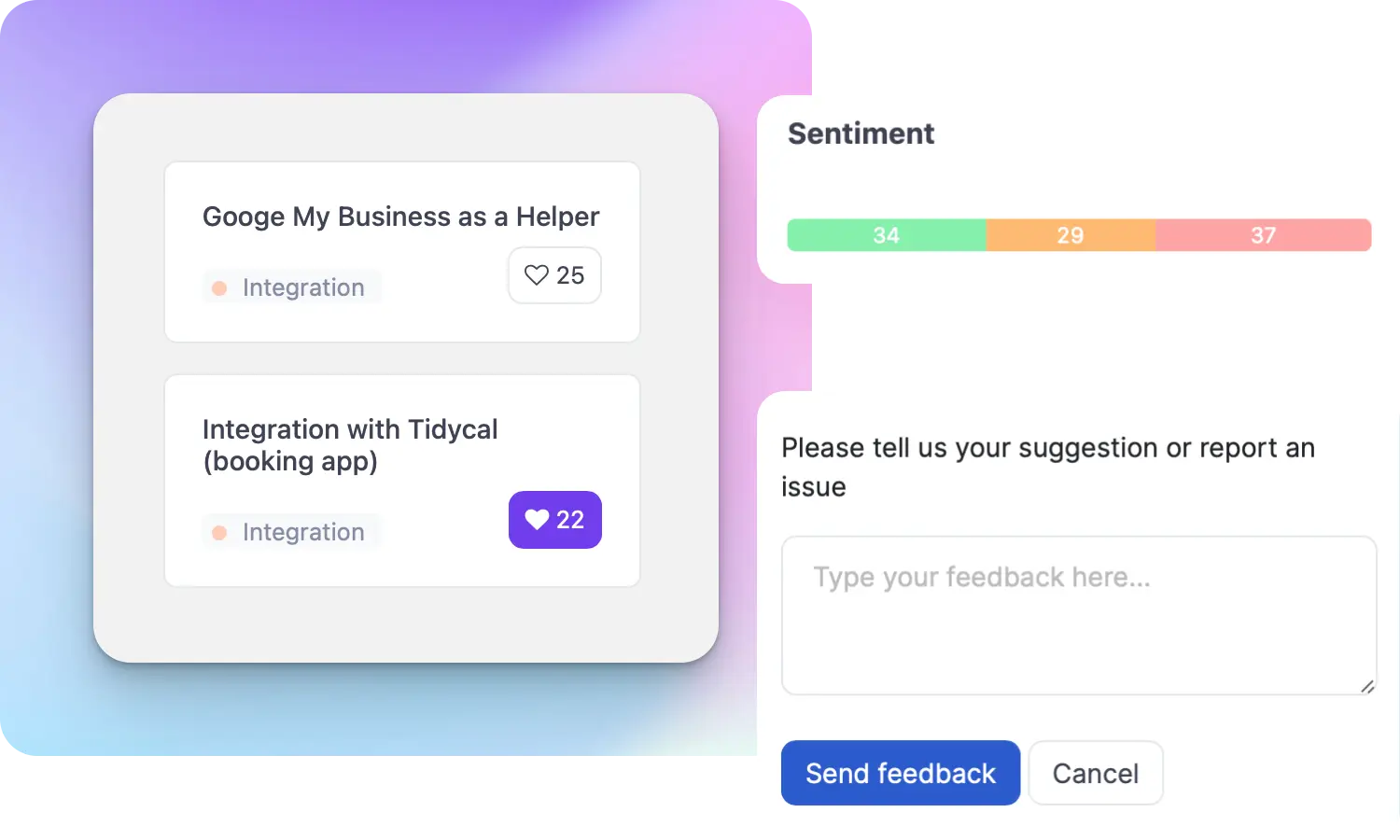What is a Critical Path?

Ruben Buijs
The term "Critical Path" refers to the sequence of tasks or activities in a project that determines the project's overall duration. It is the longest continuous path of dependent activities from the project's start to its end. Managing the critical path is crucial for ensuring that the project is completed on time.
Examples
Let's say you are developing a new Saas product. The critical path in this project might include activities like market research, product design, development, testing, and launching. If any of these tasks are delayed, it will directly impact the overall timeline of the project.
Importance
Understanding and managing the critical path is essential for effective Saas product management. It helps project managers identify the tasks that have the most significant impact on the project's completion date. By focusing on the critical path, managers can allocate resources, set priorities, and make necessary adjustments to ensure timely delivery of the product.
How to Use It
To determine the critical path, you need to map out all the tasks involved in your Saas product development process and identify their dependencies. Start by listing all the activities required to complete the project. Then, determine the duration of each task and their dependencies on other tasks. Once you have this information, you can use project management software or visual tools like Gantt charts to identify the critical path.
Useful Tips
-
Identify dependencies accurately: To accurately determine the critical path, it is crucial to identify the dependencies between tasks correctly. A small error in identifying dependencies can lead to a skewed critical path analysis.
-
Focus on critical tasks: Pay close attention to the tasks on the critical path as any delay in these tasks will directly impact the project's completion date. Allocate resources, monitor progress, and address any potential roadblocks promptly to ensure timely completion.
-
Regularly update the critical path: As the project progresses, tasks may be completed ahead of schedule or delayed. It is essential to regularly update the critical path to reflect the current status of the project. This will help in identifying any new critical tasks that may emerge.
Related Terms
- Gantt Chart
- Project Management
- Milestone
- Task Dependency
- Slack Time
- Resource Allocation
- Risk Management
